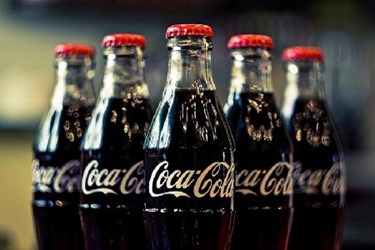Coca-Cola Breaks Ground On $100 Million Green Plant In China
By Karla Paris

A new, eco-friendly facility brings Coca-Cola and nine production lines to address increasing local consumer needs and a burgeoning China market
The Coca-Cola Company announced a 3-year plan last November to invest more than $4B in China — an investment the company believes is necessary to capture its share of the booming Chinese market. A major component of the $4 billion investment was to construct the company’s new green plant in Harbin, China.
Construction officially began on June 26 for Coca-Cola’s Harbin, China facility. Coca-Cola plans for the first phase of the new plant to be operational sometime in 2016. The new, green plant is part of its redevelopment plans and will be located in the New South Harbin Industrial City. The 200,000 square-foot green plant will encompass nine production lines, including Coca-Cola, Sprite, Fanta, Minute Maid, and Ice Dew. It is estimated to have an annual production capacity of nearly 1.2 trillion tons of beverages.
Learn how beverage makers avoid over-fills, lost profits, and recalls with product inspection
In 1994, Coca-Cola established its first plant in Heilongjiang in the Harbin Economic-Technological Development Zone. Providing quality and safe products to consumers, the Heilongjiang plant has been committed to operating in a sustainable way, promoting energy-efficiency, low-carbon, and green operations. It has also played an active role in supporting and driving various social and charity causes.
Following the concept of green plant, green operation, and green office, the new Coca-Cola Heilongjiang plant adopts green building standards in various aspects. Included in them are site selection, building environment, water-conservation, energy-savings, air protection, material and resource utilization, indoor environment quality, and design innovation. Coca-Cola says the plant will seek LEED Silver certification. LEED (Leadership in Energy & Environmental Design) is a green building certification program that recognizes best-in-class building strategies and practices.
This investment is no surprise when you consider that China has overtaken the U.S. to become the largest beverage manufacturing country in the world, with 67.5 billion liters of annual consumption last year. The Chinese beverage market is expected to grow by 40 percent over the next five years.
